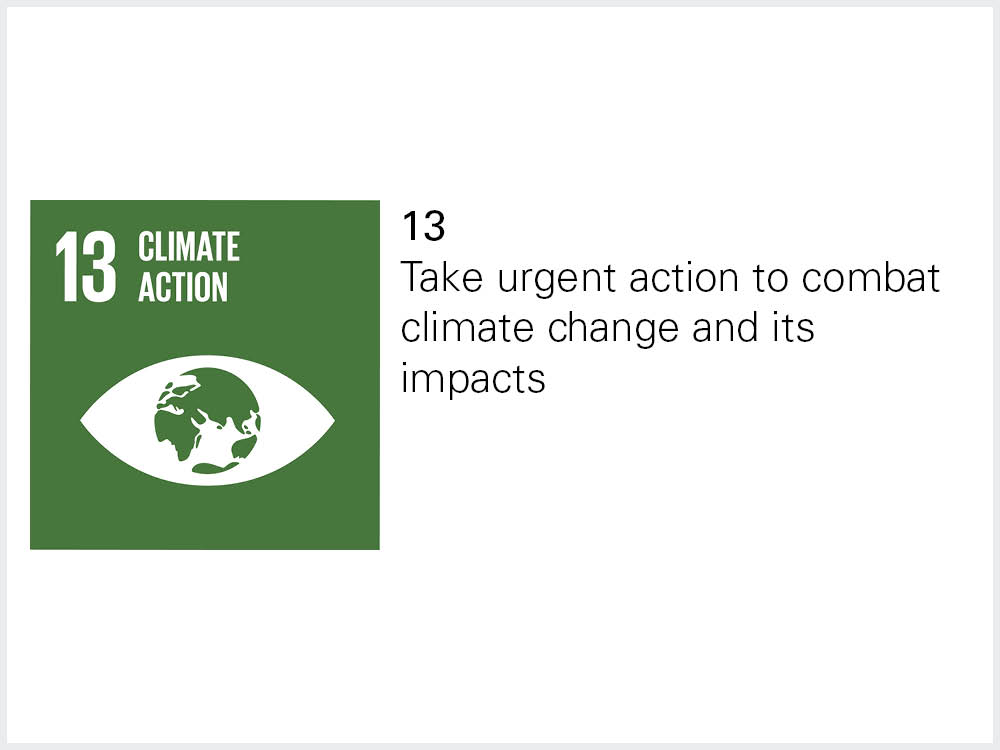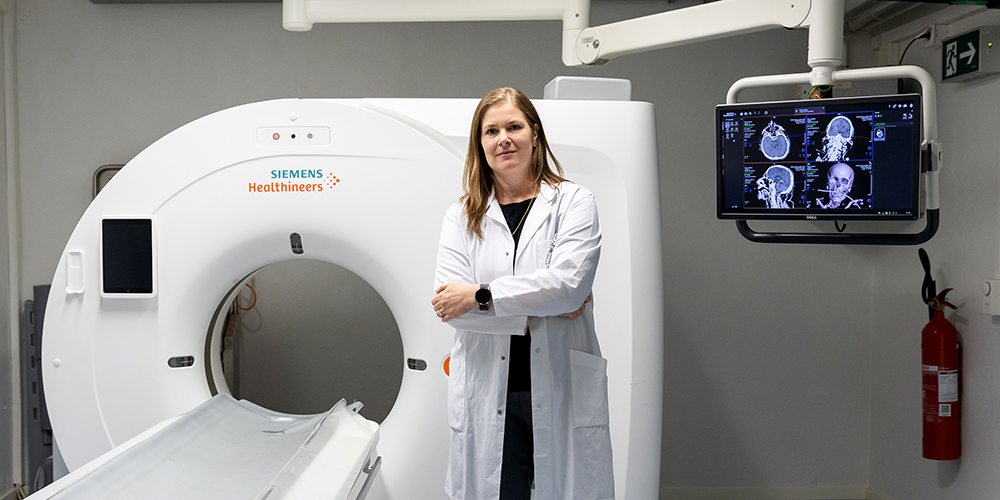Carbon Footprint

The University of Basel's greenhouse gas emissions rose by 10% from 7,084 tCO₂-eq in 2023 to 7,725 tCO₂-eq in 2024, which is particularly due to an increase in air travel. In order to substantially reduce the University's emissions by 2030, the University of Basel's climate strategy was adopted in spring 2024. It defines targets and key measures in five priority areas of action. Compared to the 2019 baseline, a 20% reduction in greenhouse gas emissions was achieved in 2024.
Greenhouse gas emissions 2017 - 2024
The university's total emissions for the areas already quantified amounted to 7,084 tCO2-eq (2023) and 7,725 tCO2-eq (2024). This includes greenhouse gas emissions for electricity, heating, cooling, catering, gray energy in buildings, recyclables, business travel and other energy sources.1 The carbon footprint will be gradually expanded in future to include areas not yet quantified (e.g. procurement and commuting).2
In 2023, emissions were reduced in all areas except catering and business travel. Total emissions were slightly higher than in the previous year. Total emissions in 2024 increased compared to 2023, mainly due to significantly more air travel and higher electricity and heat consumption in buildings with energy-intensive research. Compared to 2022, heat-related emissions have decreased in the last two years despite increased consumption, as the proportion of fossil fuels in the district heating purchased by IWB has been significantly reduced.
Climate responsibility: publication of the university climate strategy 2024-2030
The University of Basel has been working continuously for several years to reduce its greenhouse gas emissions. With the climate strategy published in spring 2024, the university has defined new, ambitious targets: starting from the base year 2019, university emissions are to be reduced by 35% by 2030. In order to achieve this goal and also make important contributions to sustainability and climate protection, the climate strategy defines targets and key measures for the five fields of action Campus & Management, Mobility, Research & Dialog, Teaching and Engagement & Culture, which are to be implemented by 2030.
As part of the climate strategy, the reduction of the university's own emissions has absolute priority. However, a complete reduction of all university emissions by 2030 is not possible, thus promising solutions for offsetting unavoidable emissions through negative emissions technologies or compensation projects will be carefully examined. In addition, new targets and measures will be developed in due time for the period after 2030, in order to achieve further reduction towards net zero.
Implementation of the climate strategy has already begun
With the climate strategy, the University of Basel combines its role model function in operational aspects with its core competencies in teaching, research and dialog in line with the “Whole Institution Approach”. To make “climate responsibility” visible and tangible at the University, many different units are involved in implementing the measures. In addition to the central Directorates of Infrastructure & Operations and Finance, the Sustainable Future research network, decentralized working groups and students are also active in various projects. The Sustainability Office is responsible for coordinating implementation as well as monitoring, reporting and communication. The Sustainability Committee supports the process, develops recommendations and concepts and takes on board suggestions from the faculties and groups. During the fall 2024, a roadshow was started, presenting the climate strategy at the faculty meetings of all faculties. The aim is to provide information about the planned steps and projects that have already been launched, such as the Green Lab Initiative and the installation of the photovoltaic system on the Department of Sport, Exercise and Health building.
[1] Other energy sources: fuel use of five university-owned vehicles and laboratory gases.
[2] Procurement in particular will significantly increase the university's carbon footprint and is expected to account for the largest share of greenhouse gas emissions in the future. Emissions from commuting by staff and students have also not yet been quantified.



